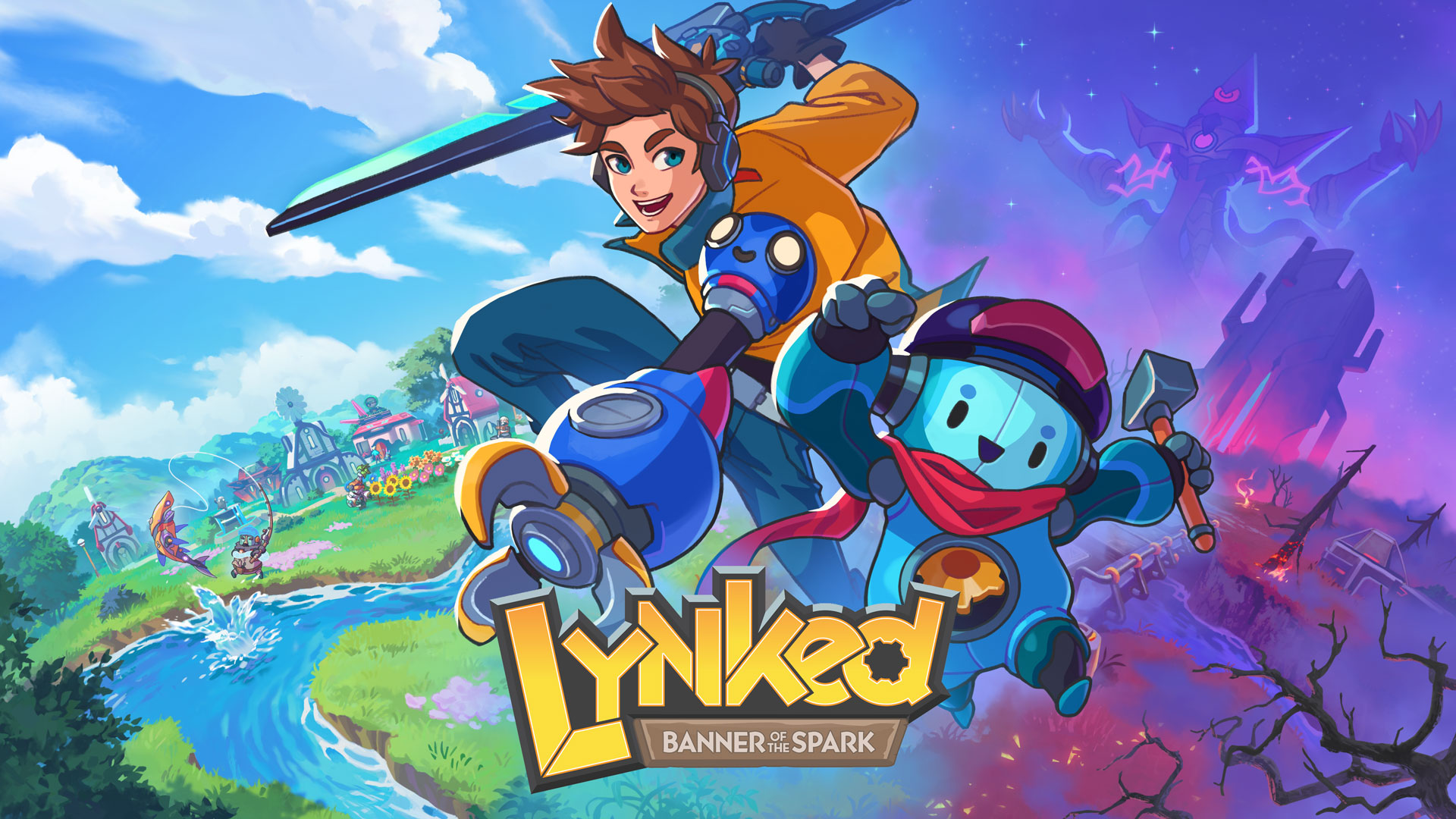Exploring the New Windows Server 2025 – What's Next for IT and DevOps Pros?
With Microsoft’s release of Windows Server 2025, the tech community has a lot to get excited about. Not only does this version bring significant improvements to core functionality, but it’s also packed with next-generation tools and capabilities designed to meet the evolving needs of DevOps, cloud integration, and enterprise security. So, what does Windows Server 2025 offer, and how will it impact your IT ecosystem? Let’s dive in! 1.Enhanced Cloud Integration and Hybrid Capabilities Microsoft is doubling down on hybrid cloud environments. Windows Server 2025’s Azure Arc integration lets you manage your infrastructure more fluidly, whether on-prem, in Azure, or even across multiple cloud providers. You get a unified management layer that simplifies deploying, updating, and scaling workloads across various environments. DevOps engineers, this is where things get interesting – you can now manage containers and Kubernetes clusters with far less friction and bring greater consistency to CI/CD pipelines across all platforms. 2.Native Kubernetes Support Containers and Kubernetes continue to dominate the server landscape, and Windows Server 2025 reflects this shift with built-in Kubernetes support. Unlike previous versions, this doesn’t require extensive setup or third-party tools to get started. Imagine deploying containerized applications directly onto Windows Server nodes without added layers of complexity. For DevOps teams, this simplifies development workflows and deployment processes, allowing faster time-to-market for applications. How does this benefit you? Microsoft has streamlined the management and orchestration of containerized applications, meaning your infrastructure’s scalability and resilience are enhanced without added complexity. 3.Security: Zero Trust and Beyond Security is a top priority in Windows Server 2025, featuring Zero Trust principles and advanced AI-driven threat detection. With rising cyber threats, Microsoft’s integration of AI is designed to detect, respond to, and prevent threats in real time, vastly improving security posture. For example, Windows Defender for Identity in Server 2025 uses AI models to monitor anomalies in user behavior, rapidly detecting insider threats and compromised accounts. With enhanced end-to-end encryption and multi-factor authentication built into more layers of the operating system, DevOps and IT teams can operate knowing they have proactive, dynamic security. 4. Performance Improvements with Next-Gen Hardware Support Windows Server 2025 is optimized for the latest hardware, including ARM-based processors and quantum-tuned compute options. For those in high-demand environments, this means improved performance, efficiency, and flexibility in hardware choices. Microsoft’s collaboration with hardware manufacturers has enabled native support for ARM64, offering flexibility in server builds while also reducing power consumption. In an age where sustainability is crucial, this added efficiency is a big win for data centers and enterprise environments. Additionally, storage enhancements in Server 2025 bring faster data access, making it easier to manage high-traffic applications. The updated ReFS (Resilient File System) now supports higher data storage volumes and better data redundancy. 5.Simplified Management with New Admin Center The all-new Windows Admin Center offers a more intuitive and streamlined approach to managing your server environment. With a modern interface and AI-powered recommendations, it’s designed to make server administration and monitoring more efficient and user-friendly. This also includes PowerShell 8 integration, which brings enhanced scripting capabilities with improved error handling and logging. DevOps engineers will love the flexibility this offers in automating server tasks, performing updates, and deploying configurations across large-scale environments. 6.Integration with AI Tools for Proactive Monitoring Windows Server 2025 is paving the way for AI-based monitoring and self-healing capabilities. With built-in support for AI Operations (AIOps), Server 2025 uses AI to predict and address issues before they become critical. Think of it as having an intelligent assistant that identifies performance bottlenecks, potential failures, or even security vulnerabilities – before they impact your operations. 7.Developer-Friendly Enhancements Microsoft has introduced several improvements for developers in Windows Server 2025, including a new Linux subsystem that offers deeper support for Linux applications. This brings better interoperability between Linux and Windows apps, giving developers the flexibility they need in diverse environments. Expect seamless deployment across mixed-OS environments, boosting productivity for teams working in hybrid stacks. For .NET developers, Server 2025 also fully supports the latest .NET versions and introduces a variety of performance optimizations designed for microservices and clou

With Microsoft’s release of Windows Server 2025, the tech community has a lot to get excited about. Not only does this version bring significant improvements to core functionality, but it’s also packed with next-generation tools and capabilities designed to meet the evolving needs of DevOps, cloud integration, and enterprise security. So, what does Windows Server 2025 offer, and how will it impact your IT ecosystem? Let’s dive in!
1.Enhanced Cloud Integration and Hybrid Capabilities
Microsoft is doubling down on hybrid cloud environments. Windows Server 2025’s Azure Arc integration lets you manage your infrastructure more fluidly, whether on-prem, in Azure, or even across multiple cloud providers. You get a unified management layer that simplifies deploying, updating, and scaling workloads across various environments. DevOps engineers, this is where things get interesting – you can now manage containers and Kubernetes clusters with far less friction and bring greater consistency to CI/CD pipelines across all platforms.
2.Native Kubernetes Support
Containers and Kubernetes continue to dominate the server landscape, and Windows Server 2025 reflects this shift with built-in Kubernetes support. Unlike previous versions, this doesn’t require extensive setup or third-party tools to get started. Imagine deploying containerized applications directly onto Windows Server nodes without added layers of complexity. For DevOps teams, this simplifies development workflows and deployment processes, allowing faster time-to-market for applications.
How does this benefit you? Microsoft has streamlined the management and orchestration of containerized applications, meaning your infrastructure’s scalability and resilience are enhanced without added complexity.
3.Security: Zero Trust and Beyond
Security is a top priority in Windows Server 2025, featuring Zero Trust principles and advanced AI-driven threat detection. With rising cyber threats, Microsoft’s integration of AI is designed to detect, respond to, and prevent threats in real time, vastly improving security posture.
For example, Windows Defender for Identity in Server 2025 uses AI models to monitor anomalies in user behavior, rapidly detecting insider threats and compromised accounts. With enhanced end-to-end encryption and multi-factor authentication built into more layers of the operating system, DevOps and IT teams can operate knowing they have proactive, dynamic security.
4. Performance Improvements with Next-Gen Hardware Support
Windows Server 2025 is optimized for the latest hardware, including ARM-based processors and quantum-tuned compute options. For those in high-demand environments, this means improved performance, efficiency, and flexibility in hardware choices. Microsoft’s collaboration with hardware manufacturers has enabled native support for ARM64, offering flexibility in server builds while also reducing power consumption. In an age where sustainability is crucial, this added efficiency is a big win for data centers and enterprise environments.
Additionally, storage enhancements in Server 2025 bring faster data access, making it easier to manage high-traffic applications. The updated ReFS (Resilient File System) now supports higher data storage volumes and better data redundancy.
5.Simplified Management with New Admin Center
The all-new Windows Admin Center offers a more intuitive and streamlined approach to managing your server environment. With a modern interface and AI-powered recommendations, it’s designed to make server administration and monitoring more efficient and user-friendly.
This also includes PowerShell 8 integration, which brings enhanced scripting capabilities with improved error handling and logging. DevOps engineers will love the flexibility this offers in automating server tasks, performing updates, and deploying configurations across large-scale environments.
6.Integration with AI Tools for Proactive Monitoring
Windows Server 2025 is paving the way for AI-based monitoring and self-healing capabilities. With built-in support for AI Operations (AIOps), Server 2025 uses AI to predict and address issues before they become critical. Think of it as having an intelligent assistant that identifies performance bottlenecks, potential failures, or even security vulnerabilities – before they impact your operations.
7.Developer-Friendly Enhancements
Microsoft has introduced several improvements for developers in Windows Server 2025, including a new Linux subsystem that offers deeper support for Linux applications. This brings better interoperability between Linux and Windows apps, giving developers the flexibility they need in diverse environments. Expect seamless deployment across mixed-OS environments, boosting productivity for teams working in hybrid stacks.
For .NET developers, Server 2025 also fully supports the latest .NET versions and introduces a variety of performance optimizations designed for microservices and cloud-native apps.
Final Thoughts: Is Windows Server 2025 Right for Your Team?
Whether you’re leading a DevOps team or managing enterprise IT infrastructure, Windows Server 2025 is tailored for the demands of modern computing. With a clear focus on hybrid cloud environments, AI-driven security, and streamlined management tools, it’s an OS built for the future. If your organization aims to scale securely and manage cross-platform environments with greater efficiency, Server 2025 might be the game-changer you’re looking for.


_Christophe_Coat_Alamy.jpg?width=1280&auto=webp&quality=80&disable=upscale#)






















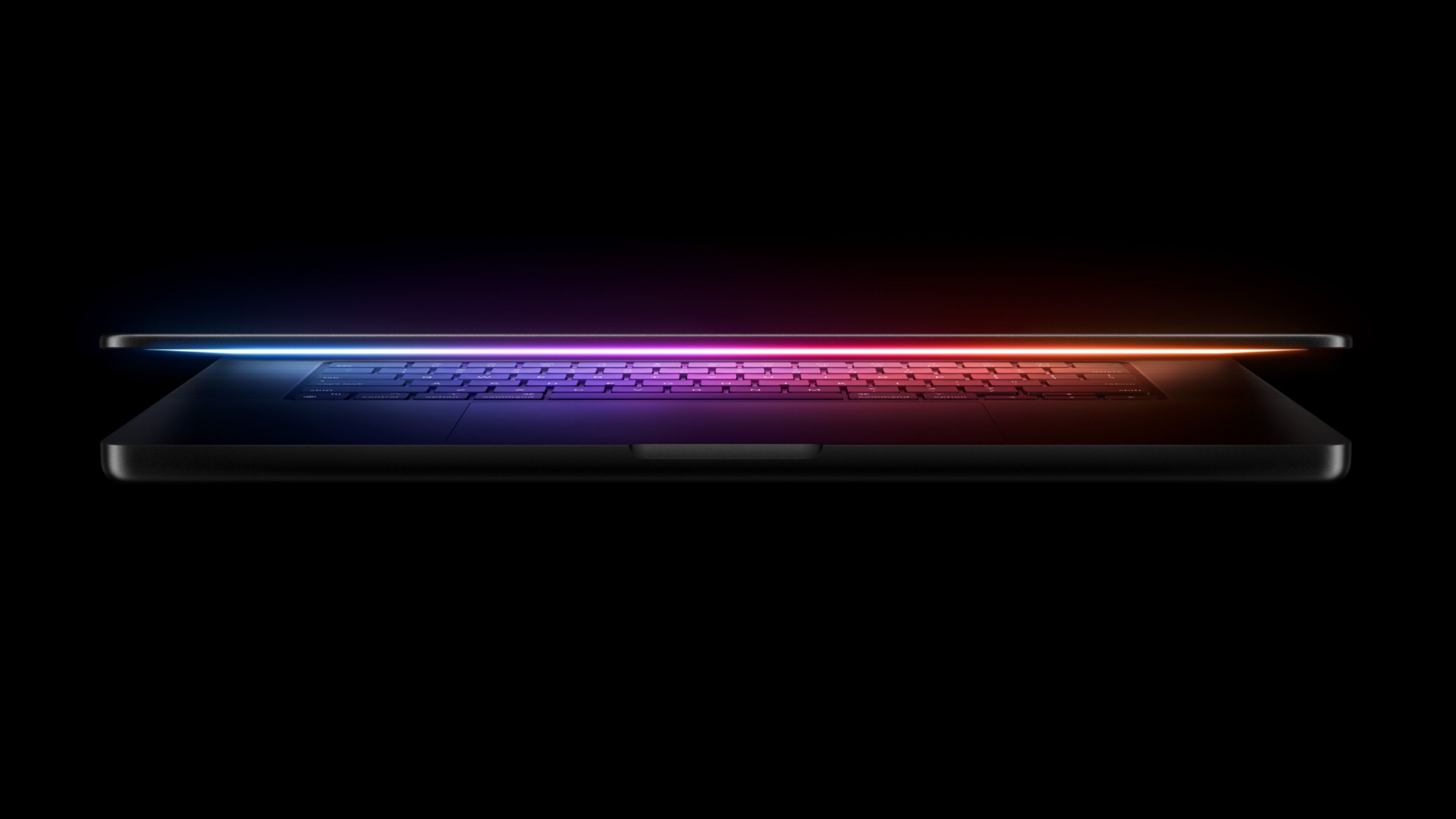


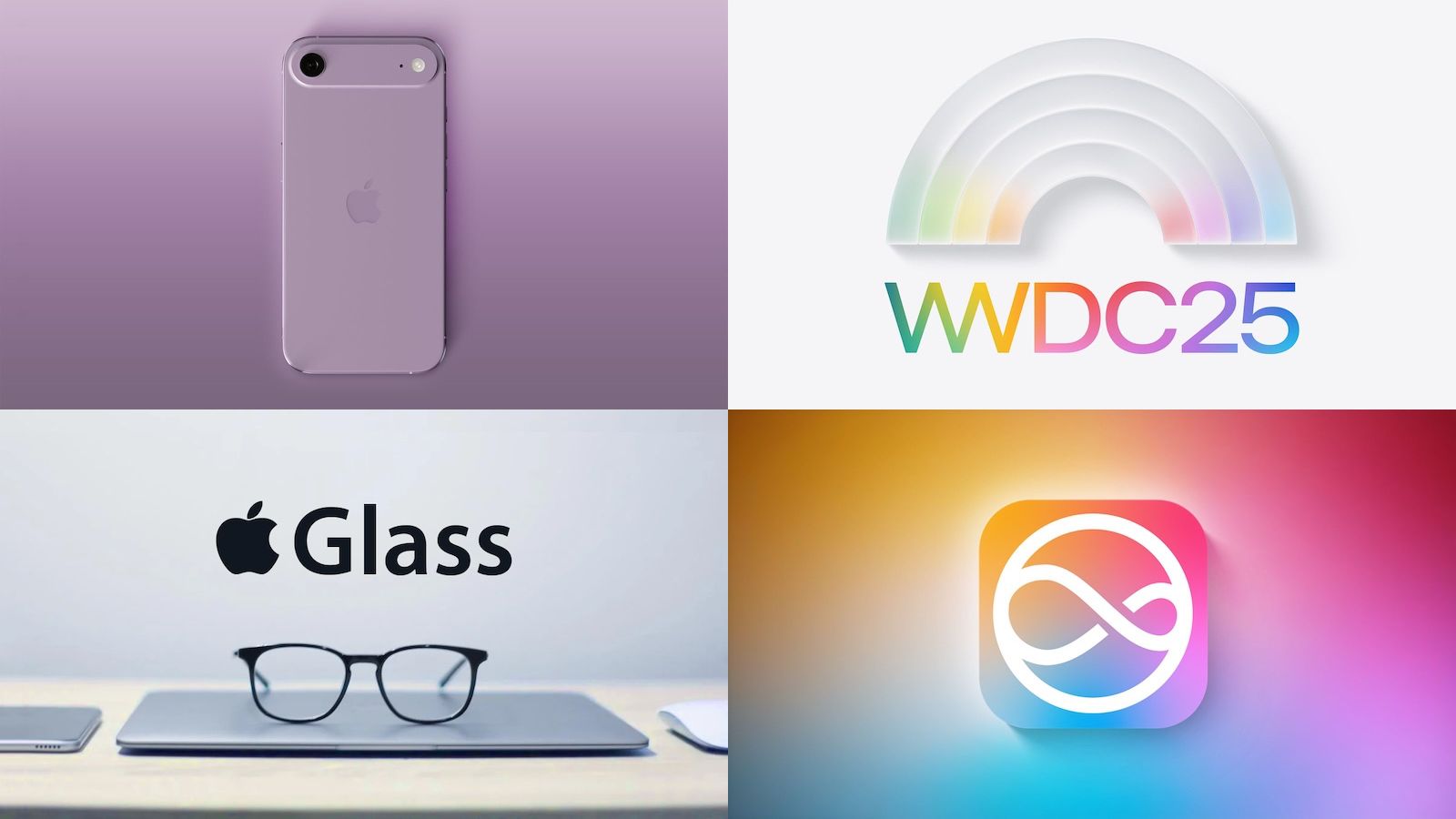



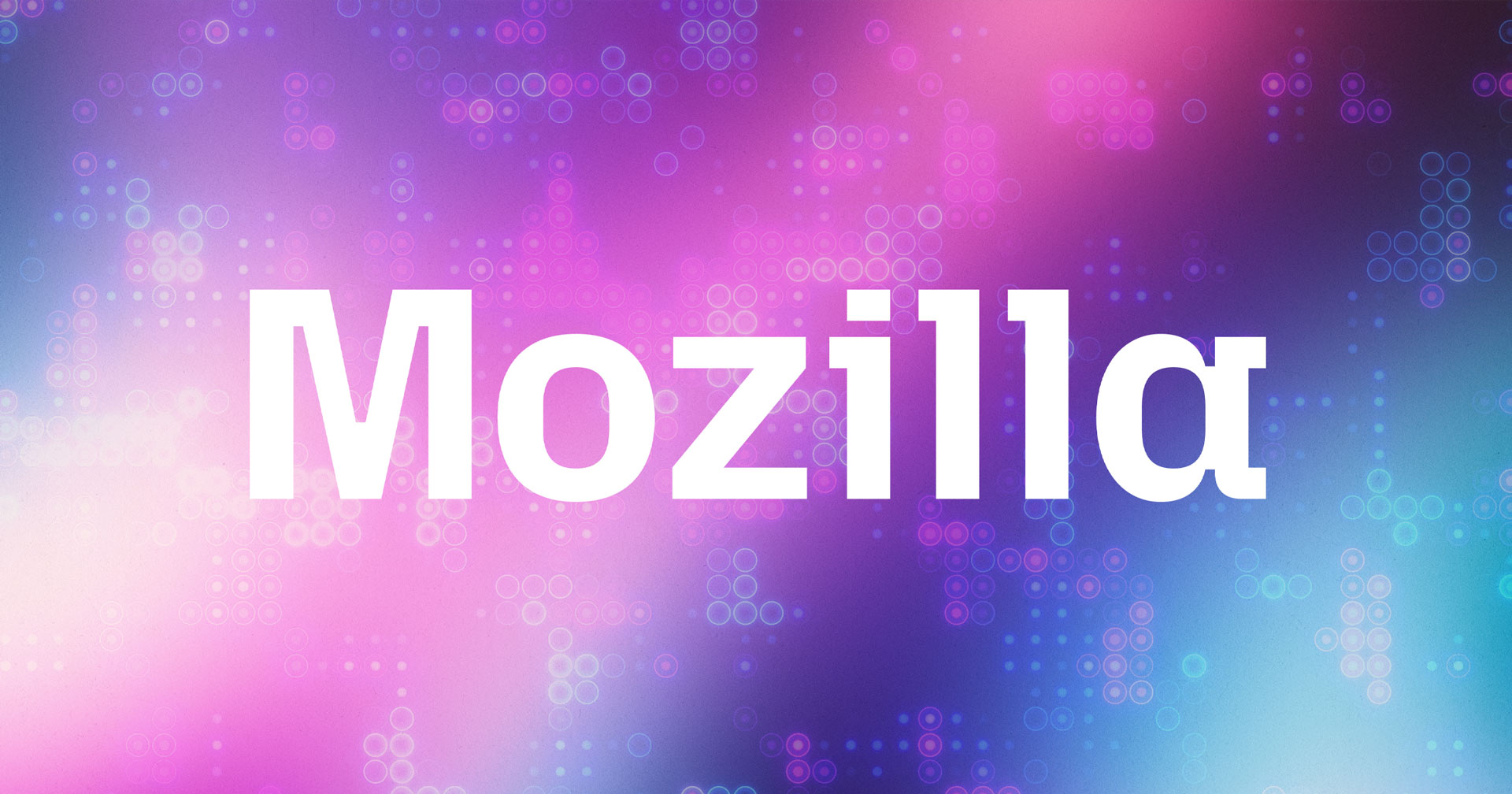












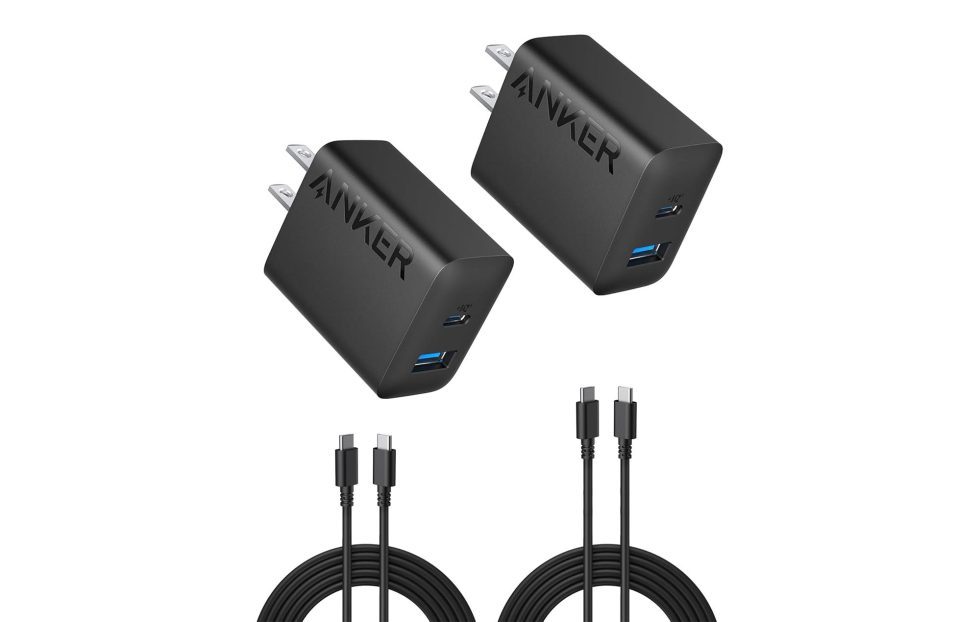





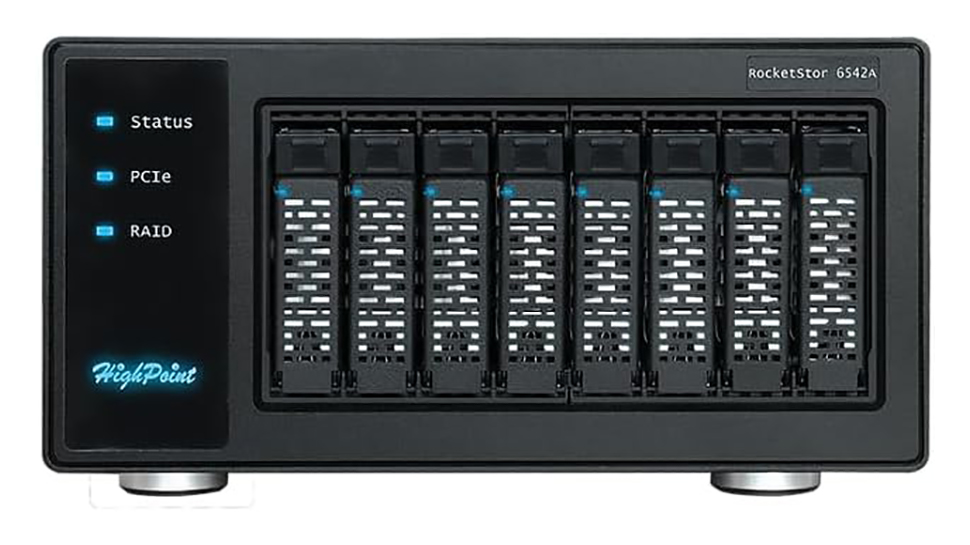

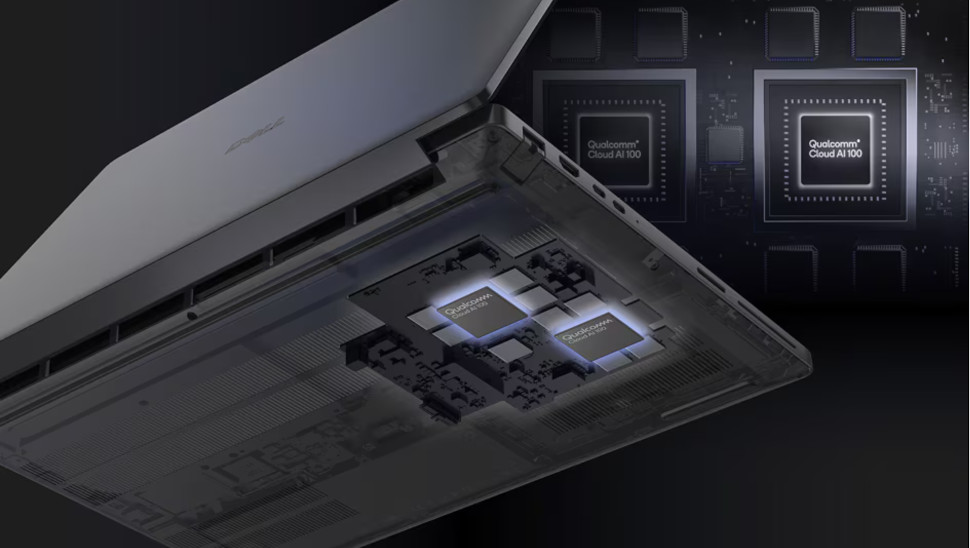


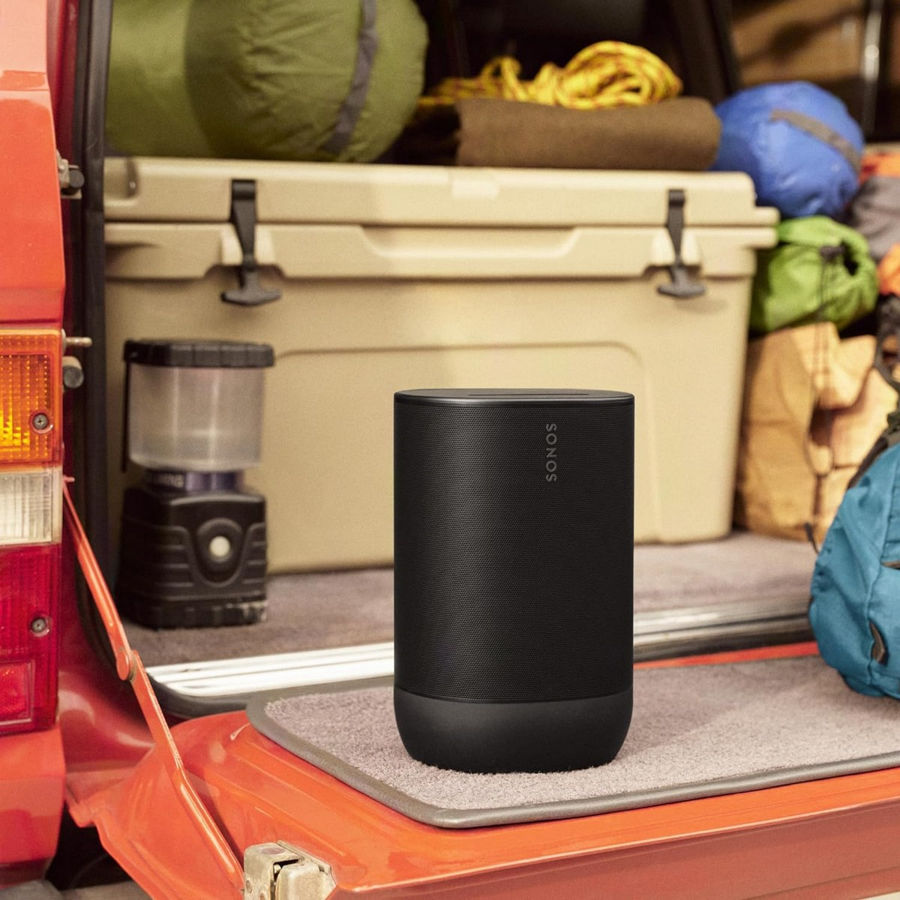












![Apple Shares Official Trailer for Season 2 of 'The Buccaneers' [Video]](https://www.iclarified.com/images/news/97414/97414/97414-640.jpg)
![Apple Highlights Ceramic Shield, Stolen Device Protection, and More in New Ads [Video]](https://www.iclarified.com/images/news/97416/97416/97416-640.jpg)
![Xiaomi Tops Wearables Market as Apple Slips to Second in Q1 2025 [Chart]](https://www.iclarified.com/images/news/97417/97417/97417-640.jpg)














![This ultra-thin Qi2 charger belongs in any travel pack [Hands-on]](https://i0.wp.com/9to5mac.com/wp-content/uploads/sites/6/2025/05/Kuxiu-FI.jpg.jpg?resize=1200%2C628&quality=82&strip=all&ssl=1)







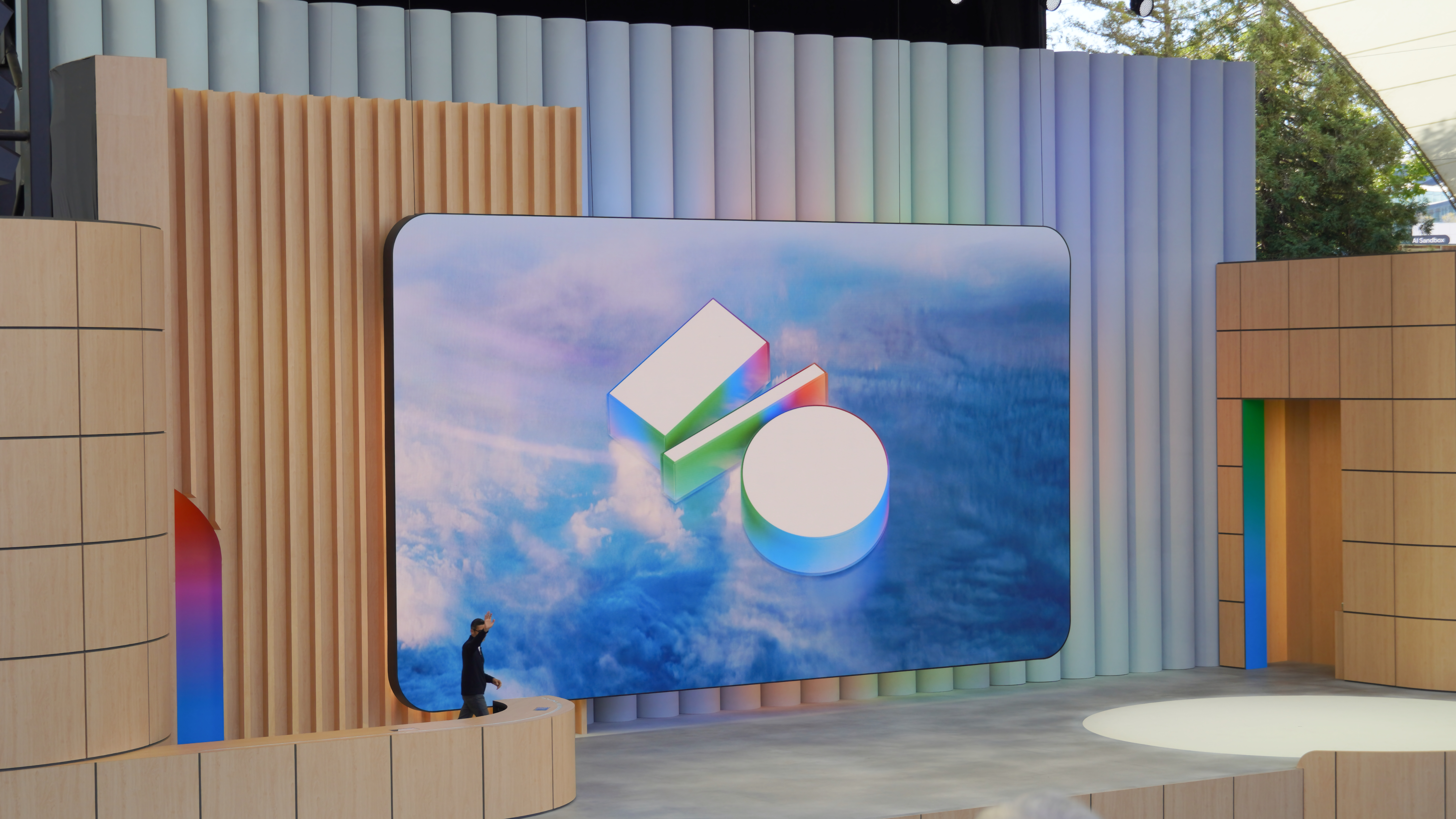



-xl.jpg)
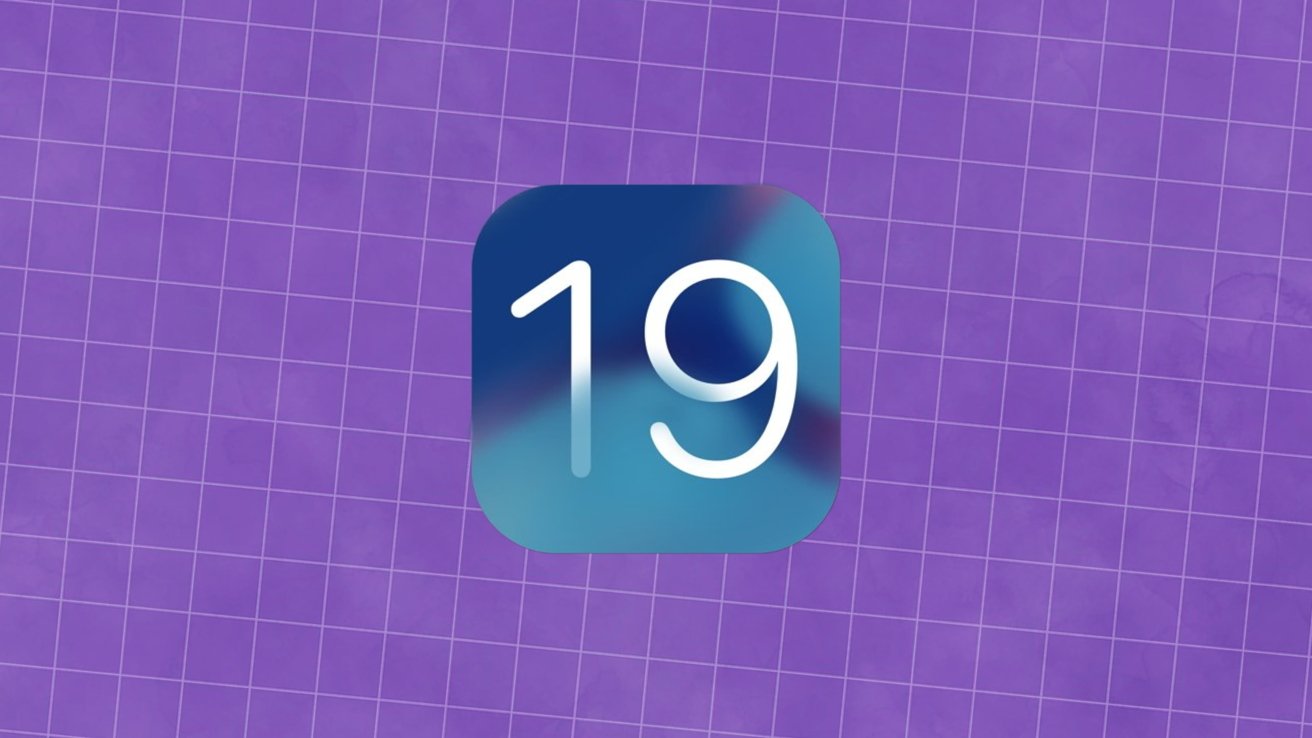













































































.webp?#)





















































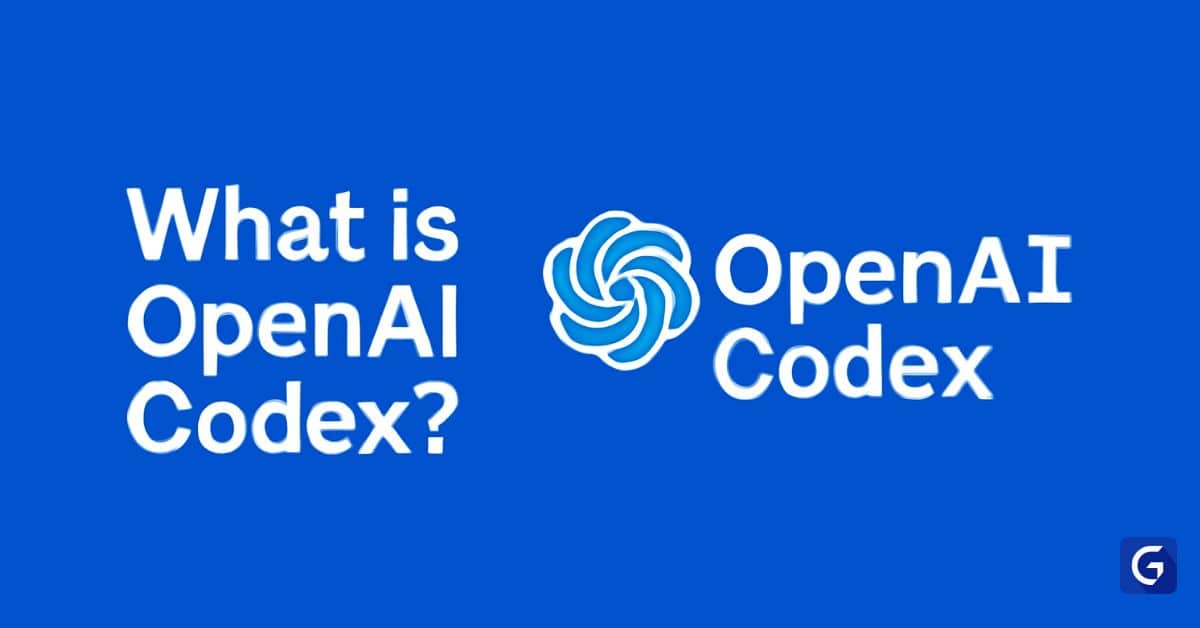




































































![[The AI Show Episode 148]: Microsoft’s Quiet AI Layoffs, US Copyright Office’s Bombshell AI Guidance, 2025 State of Marketing AI Report, and OpenAI Codex](https://www.marketingaiinstitute.com/hubfs/ep%20148%20cover%20%281%29.png)








































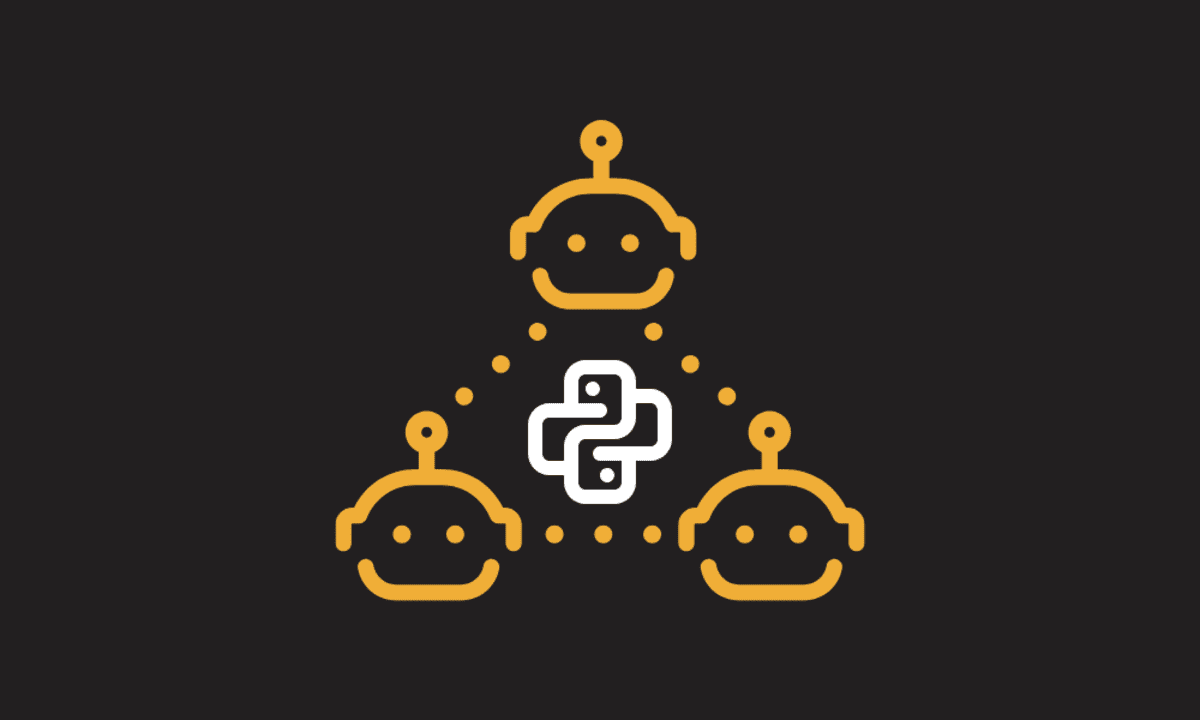

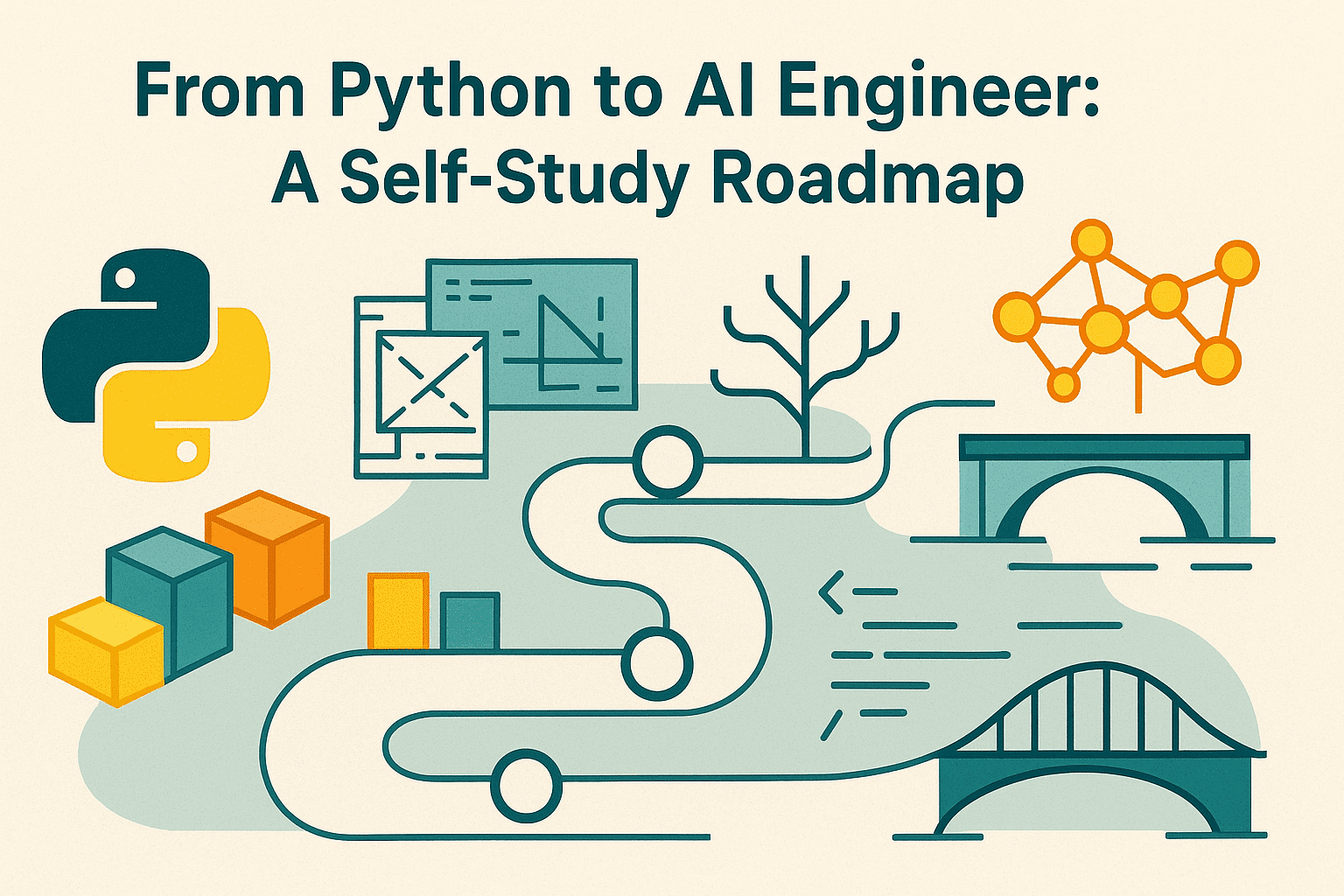





































































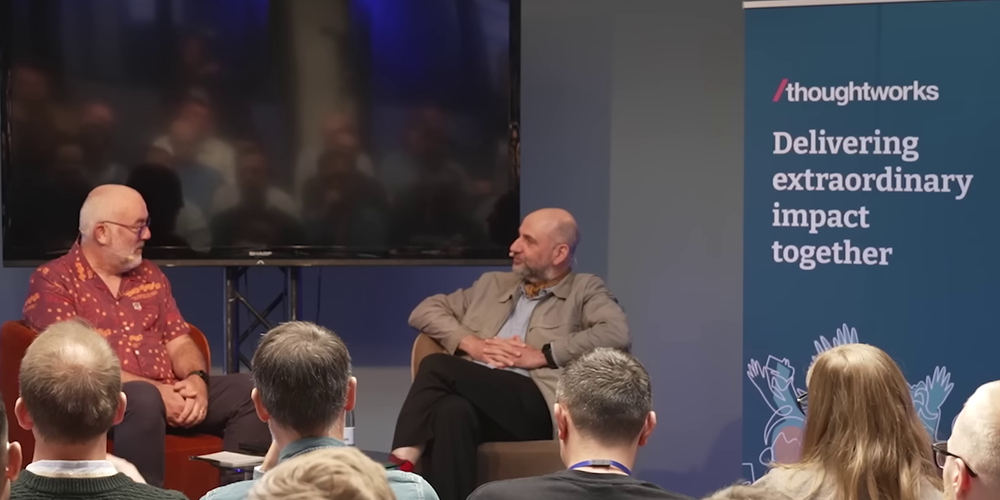
![[FREE EBOOKS] The Embedded Linux Security Handbook, Modern Generative AI with ChatGPT and OpenAI Models & Four More Best Selling Titles](https://www.javacodegeeks.com/wp-content/uploads/2012/12/jcg-logo.jpg)















































![Laid off but not afraid with X-senior Microsoft Dev MacKevin Fey [Podcast #173]](https://cdn.hashnode.com/res/hashnode/image/upload/v1747965474270/ae29dc33-4231-47b2-afd1-689b3785fb79.png?#)























.png?width=1920&height=1920&fit=bounds&quality=70&format=jpg&auto=webp#)































